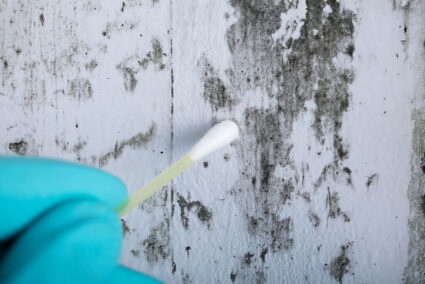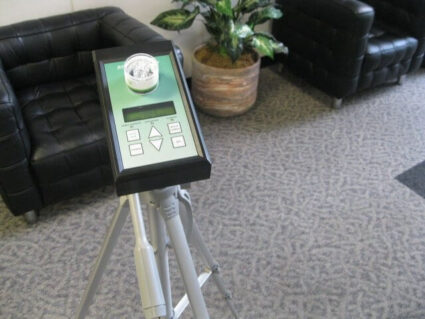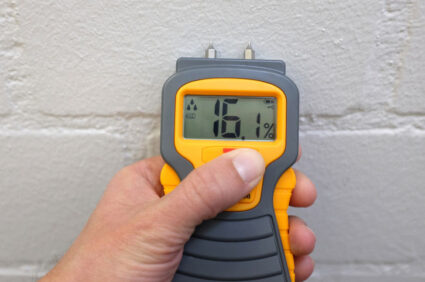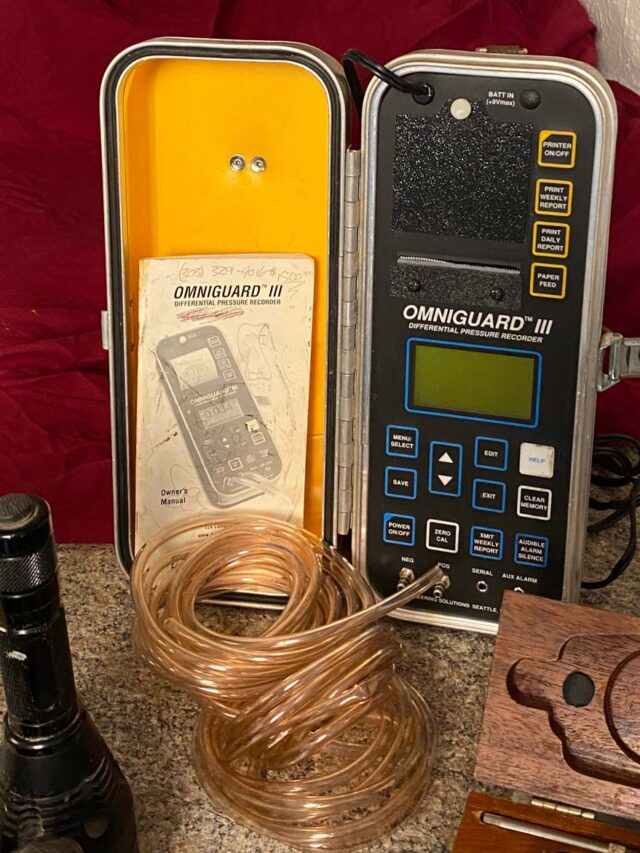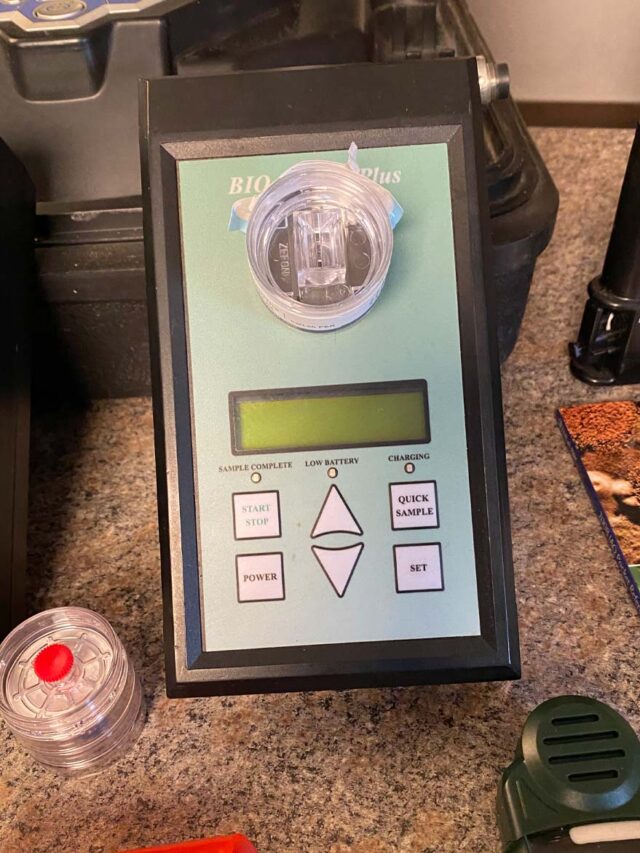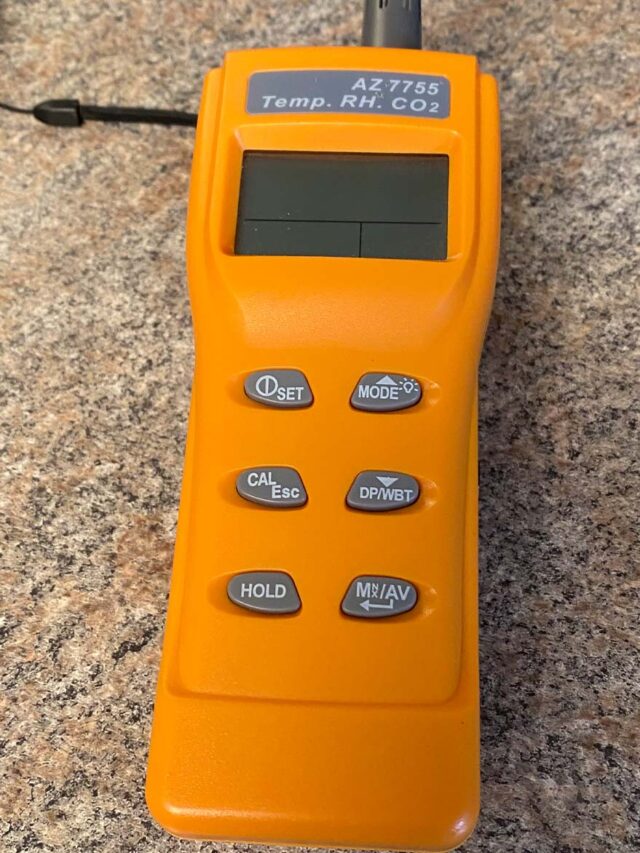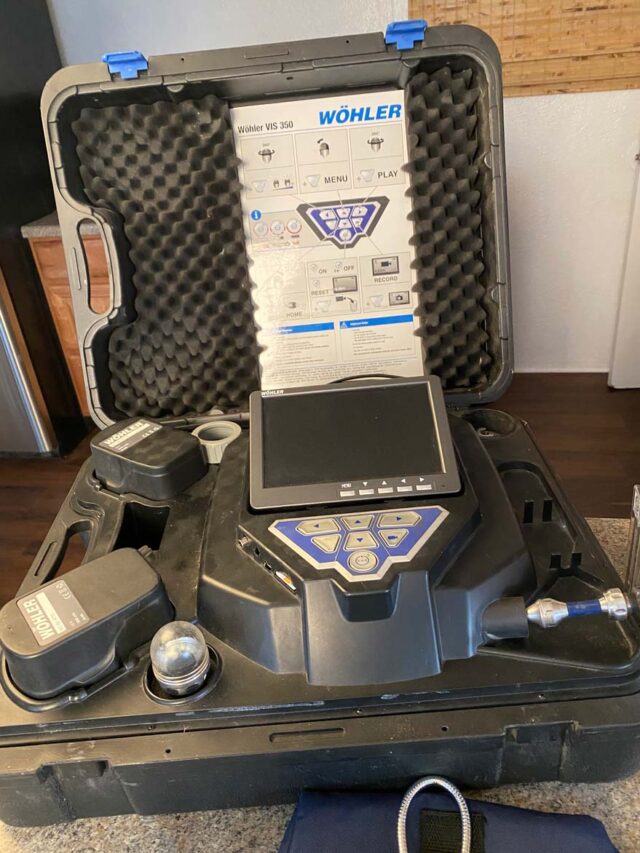Indoor Air Quality Testing
Certified Lab • State Licensed & Insured • Over 45 Years of Experience • Residential & Commercial
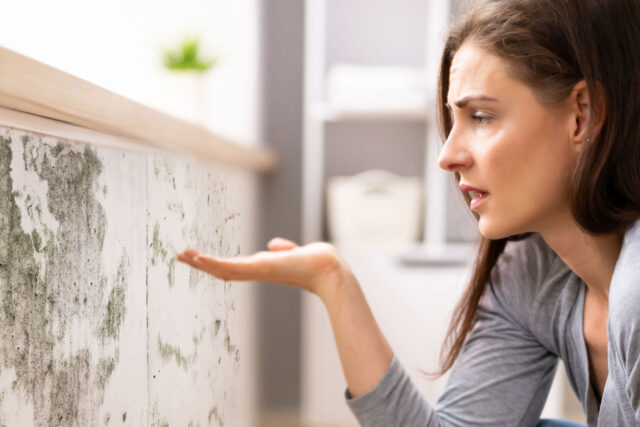
The Air You Breathe Matters—Is Yours Safe?
We rarely think about the air we breathe indoors, but it directly impacts our health.
At Air Quality Specialists, we help you understand what’s in your air—and what’s going into your body. Do you ever feel short of breath, dizzy, or struggle with allergies? Have trouble focusing at home or work? If you feel better outdoors, poor indoor air quality could be the reason.
Polluted air can be harmful. Take steps to protect your health today.
Our experts can help pinpoint the source of dirty air in your home.
Mold & Mildew
Big problems from microscopic fungi Mold and mildew can grow anywhere in your home. It is not always easy see or smell mold, but when it is growing, it is releasing gasses into the air that could cause health issues. Some of these health problems include: respiratory problems, allergic reactions, fevers, asthma attacks, lung infections.
Gas Leaks
Harmful pollutants from everyday items. Carbon monoxide (CO) and nitrogen dioxide (NO2) are the two most common gasses known to kill. Surprisingly enough, they are emitted from many household items that we use all the time. CO is the most deadly, as it is colorless and odorless. While NO2 has a reddish-brown color and a distinctive odor, it is no less dangerous. These deadly gasses kill hundreds of people in the U.S. every year. Some of the most common ways for these gasses to be released into your home are through your: fireplace, furnace, heating stoves, tobacco smoke, space heaters.
Radon
A deadly gas that slowly seeps into your home. Radon is a dangerous gas that can be emitted from the soil. Outside, it doesn’t pose much of a threat because it is usually depleted into the outdoor air. However, when radon seeps through the tiniest cracks in your foundation to the inside of your home, it has the potential to put you at serious risk. Although there are do-it-yourself Radon testing kits, with a gas as dangerous as this, you should leave the testing in the hands of the professionals. Here are some facts you may not know about Radon: It’s colorless and odorless. Radon is the #2 cause of lung cancer in the U.S. It’s caused by decaying uranium deep beneath the surface. Basements and lower floors are the areas at the most risk. Radon kills 21,000 people in the U.S. each year.
Dust, Dander & Droppings
Harmful pollutants from little pests. Aside from toxic gasses, there are pollutants in your home that are less extreme, but could be dangerous just the same. Droppings from mice, rats, and cockroaches can all cause severe heath problems such as asthma and allergic reactions. Dust, pollen, and outdoor bacteria can easily make their way indoors, polluting your air. And while we do love our pets, their dander, feces, and urine in the house can quickly dirty up your indoor air. To detect these kinds of pollutants, look for the warning signs: visible cockroaches, mice, or rats, pest droppings, excess dust, spots or stains on your carpet, experiencing allergies/ breathing difficulties.
Volatile Organic Compounds
Household products that could cause you harm. Volatile Organic Compounds (VOC) can be emitted into the air from a variety of different household products. When these products are being used indoors, the chemicals are polluting your air during, and well after, their use. These chemicals can have both short- and long-term health effects for the people that are exposed. The following are just a few common household products that contain Volatile Organic Compounds and have the potential to quickly make the air in your home unsafe to breathe: paints, lacquers, cleaning supplies, pesticides, office equipment, glues and adhesives, permanent markers.
Pesticides
Beware of pesticides that are polluting your air. As much as we want to get rid of some pests in our home, it is important to be aware of what pesticides can do the the quality of your indoor air. Pesticides release toxins into your air such as hazardous air pollutants (HAPs) and volatile organic compounds (VOCs). It is important to take important steps to protect your home, your family, and yourself from being exposed to harmful pesticides. A few of the health issues associated with exposure of pesticides could include: irritation to the eyes, nose, and throat, increased risk of cancer, damage to kidneys, damage to liver, damage to central nervous system, headache, dizziness, nauseous, muscular weakness.
Lead
Lead is a toxic metal that can be found in old paint, pipes, and even dust. It’s especially dangerous for children, as exposure can lead to developmental issues, learning disabilities, and behavioral problems. In adults, lead exposure can cause high blood pressure, kidney damage, and other serious health concerns. Even small amounts can be harmful—protect your home and health by testing for lead.
Indoor Air Quality
Indoor air quality affects your health more than you realize. Dust, chemicals, mold spores, and pollutants can circulate unnoticed, leading to respiratory issues, allergies, fatigue, and headaches. Poor air quality can even worsen asthma and other conditions. Since you spend most of your time indoors, ensuring clean, healthy air is essential for your well-being.
Our Testing Process
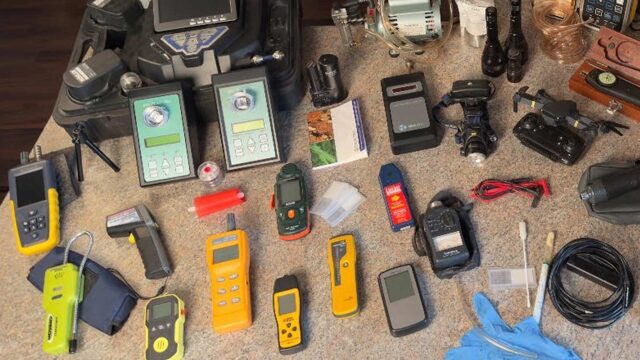
1. GATHERING SAMPLES
The air inside your house is not something you can hide from. With a simple consultation, our specialists will be able to identify: if there is an air quality issue, the area of your home that is being affected, and any further tests that need to be done to determine the specific toxins that are dirtying up your air.
- check_box Air Quality Samples
- check_box Surface Swab Samples
- check_box Thermal Imaging
- check_box Moisture Readings
- check_box Humidity Readings
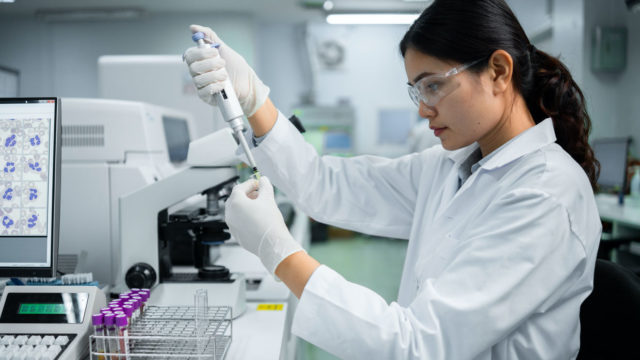
2. TESTING SAMPLES AT THE LAB
Accredited labs ensure accurate results
We care about quality and want the very best for our customers. That’s why we send all of our samples to be processed by an Internationally Accredited Laboratory, ensuring that our results are scientific and can be trusted.
The quality of these results is crucial in determining specific contaminants within your air. With this information, we are able to provide you with the best-targeted services possible to clean your air.
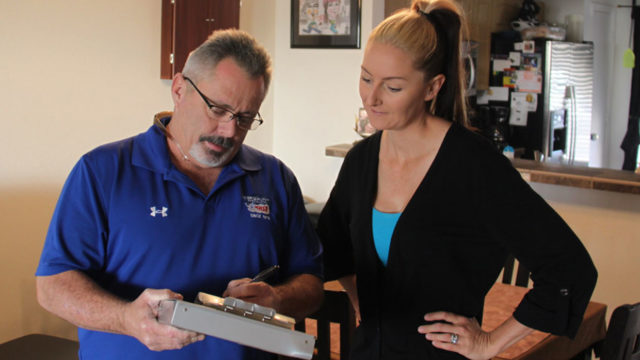
3. RESULTS & RECOMMENDATIONS
The tests have been done, and the results are in. You do indeed have harmful pollutants in your air. Now what?
Our specialists at Air Quality Testing will provide you with a detailed report explaining the findings of our indoor air quality testing. You will be able to clearly see the toxins that have been residing in your home’s air.
- check_box Certified Lab Reporting
FAQs
